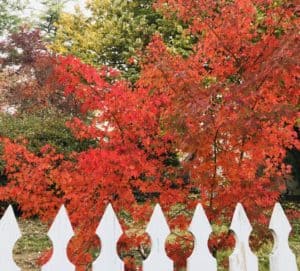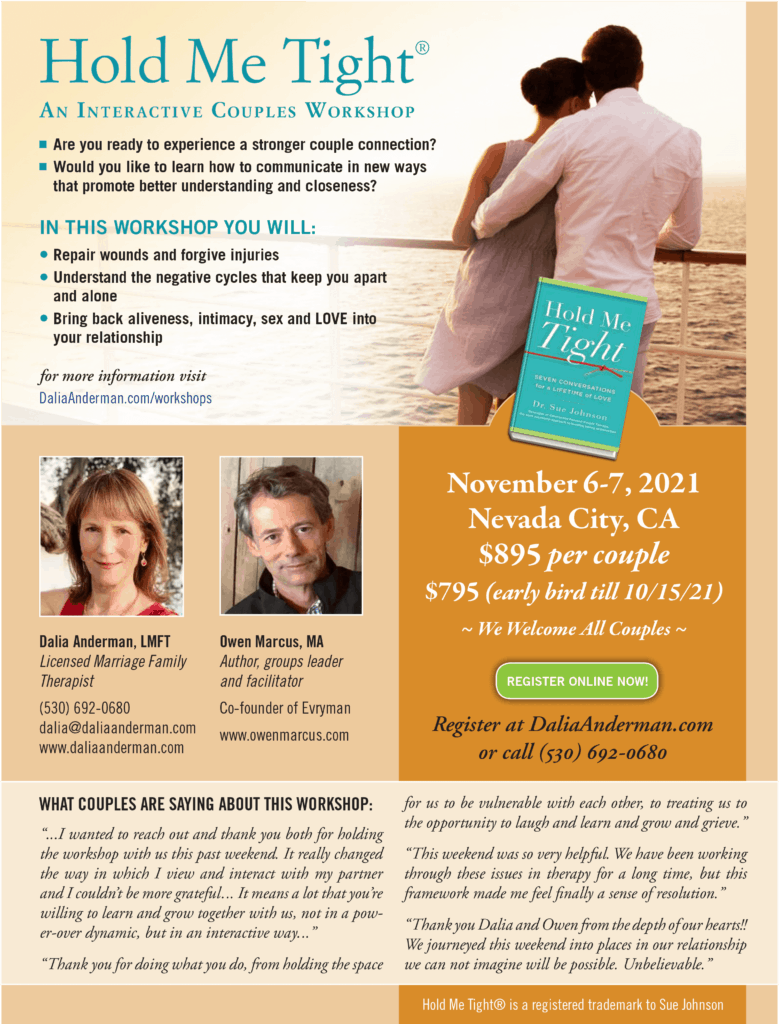For those of you who do not live in our area, the concept of living with the constant fear of fire danger and evacuation may sound unreasonable. But for us here in California, it is now the new normal, not thought of in terms if, but when. We spend the summer and fall with go bags by the door, daily checking the smoke and air quality index. It is a matter of survival.
Recently we had an hour of rain. We all went outside and got drenched inhaling the sweet smell. At the remote hint of a few drops of rain in the forecast, we hold our breath and try not to jinx it; we leave the outdoor furniture, cushions and blankets uncovered; we wash the cars and hang the laundry outside. We so needed that break in the seemingly endless fire season to let our individual and collective nervous systems take a couple deep breaths and come down from high alert.

I love this time of year, not only because it signals the end of our fire season, but because as autumn comes around there is a softness and surrender in the air, a quiet beauty in the leaves changing colors, and a time of solemn reflection and preparation for winter.
And, as the days get shorter and the nights get longer, fall leads into the darker portion of the year in the northern hemisphere. Along with this shift into the darker months, some of us will experience mild or even sever change in our emotional states of mind. Even if you have never suffered from depression, you can experience symptoms of S.A.D.
According to the Mayo Clinic, Seasonal affective disorder (SAD) is a type of depression that’s related to changes in seasons. If you’re like most people with S.A.D, it begins and ends at about the same time every year with symptoms starting in the fall and continuing into the winter months, sapping your energy and making you feel moody.

Around this time of year, I often talk to my clients about this certain kind of sadness that starts to show up in Autumn.
It is important not to overlook S.A.D., as it can be debilitating and cause worrisome symptoms. Don’t brush off that yearly feeling as simply a case of the “winter blues” or a seasonal funk that you have to tough out on your own. Take steps to keep your mood and motivation steady throughout the year. Treatment for S.A.D can include light therapy (phototherapy), psychotherapy, and at time, supplements (such as Vitamin D) and medications.
Please do not feel that you have to “just get over it,” or hunker down until it passes. Please ask and reach out for help and support.
According to WebMD, while we don’t know the exact causes of S.A.D., some scientists think that certain hormones made deep in the brain trigger attitude-related changes at certain times of year. Experts believe that S.A.D. may be related to these hormonal changes. One theory is that less sunlight during fall and winter leads to the brain making less serotonin, a chemical linked to brain pathways that regulate mood. When nerve cell pathways in the brain that regulate mood don’t function normally, the result can be feelings of depression, along with symptoms of fatigue and weight gain.
You expected to be sad in the fall. Part of you died each year when the leaves fell from the trees and their branches were bare against the wind and the cold, wintery light…
Ernest Hemingway, A Moveable Feast
Autumn is also a time of drawing in, planning for the season to come, and putting seeds in the ground so that crops will grow with the coming raining season. For me autumn is also a time to slow down. After the rush of summer, we realize that we are coming toward the end of the year and it is a time to reflect, contemplate, and care for oneself.
Of course, with the Covid pandemic these past two years, it has been hard to define what is normal. Even when we try, it all changes. But in the midst of chaos, it is important to take a breath and catch up with ourselves and return to rituals that help us ground and center.

I try to slow the pace and take the time to write a gratitude journal, to read a passage in a spiritual or poetry book, make time for my yoga practice, and connect more intentionally with friends I have not seen for a while. Going out in nature and hiking up in the mountains always helps me slow down and reflect on where I am and the year that is coming to a close.
For some couples, autumn can be a powerful time to invest in renewing their connection . After a summer of being busy with kids, family, and life, it could be time to take a deep breathe, reconnect and cultivate closeness in preparation for the coming bustle of the holiday season. If that is you, join us for our November 6-7, 2021, Hold Me Tight® Couples Workshop led by Dalia Anderman, LMFT & Owen Marcus in beautiful Nevada City, California. Sign up here.

Hold Me Tight® Couples Workshops are based on Dr. Sue Johnson’s Emotional Focused Therapy (EFT) which draws on attachment and how it shapes our intimate connections. Read a description of the workshop on the Hold Me Tight® Couples Workshop page, or in this article I wrote.
Whether you come to deal with painful issues such as infidelity and affairs, to understand the negative cycles you find yourselves caught up in, to enhance what is good in your partnership, or to find tools to communicate better, our Hold Me Tight® Couples Workshop is a safe place to understand your relationship, learn how to reach for each other in times of need, and learn how to be vulnerable with each other.
We have just a couple more spaces open. Sign up here.
If we cannot accommodate you in this upcoming workshop, we will be sure to add you to our waiting list and notify you as soon as we schedule the next one.
I’m hoping we all have a safe and beautiful autumn season of reflection, extra self-care and renewed connection with our loved ones.
Much love,
~Dalia
Hold Me Tight® is a registered trademark of Sue Johnson, founder and originator of Emotionally Focused Therapy.
